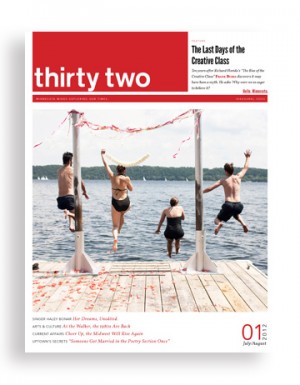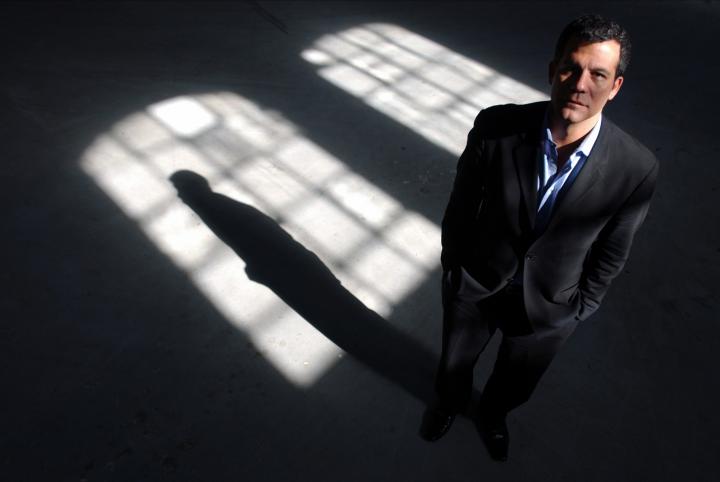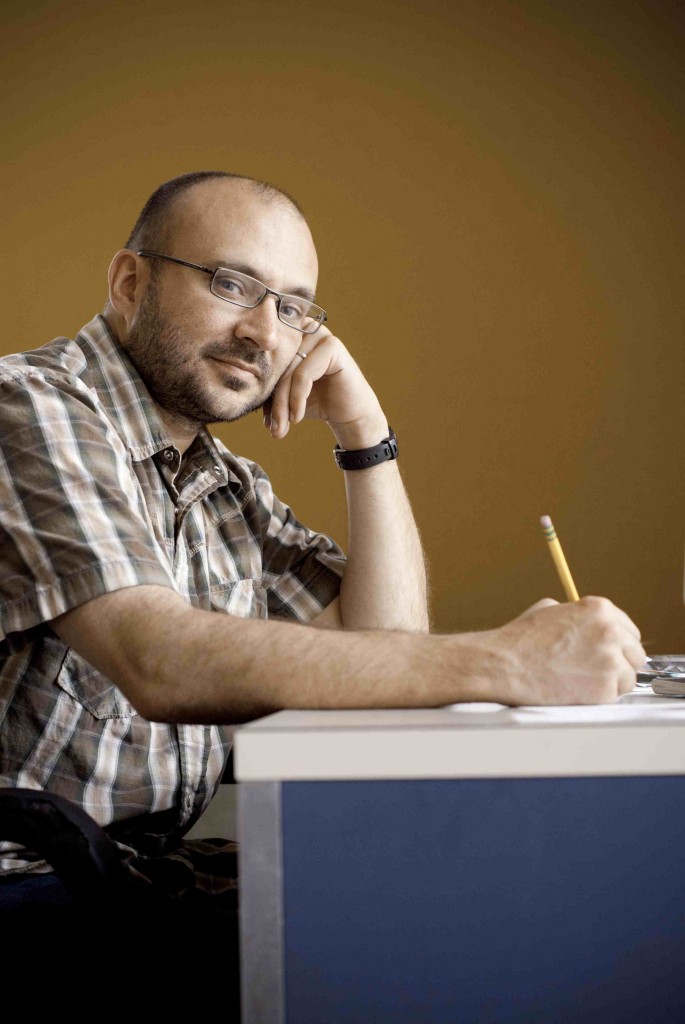
A Twin Cities writer’s critique of Richard Florida’s “creative class” theories goes viral
Did you happen to catch the flurry of articles in the past few weeks revisiting Richard Florida’s “creative class” theories? You may remember: Florida made his name in the early 2000s with a string of bestsellers (including “The Rise of the Creative Class,” “Cities and the Creative Class,” “The Flight of the Creative Class” and recently, “The Rise of the Creative Class Revisited”). His books outline a social and economic theory of urban regeneration rooted in the argument that cities with a critical density of “bohemians” (by which Florida means artists and musicians and other creative professionals), a strong GLBT community and lots of workers in high-tech fields are more prosperous than cities without such populations. Specifically, he submits that the arts and artists do more to draw economic growth to urban areas than do civic amenities like stadiums and parks and the like. In short, he writes, creativity is valuable because “new technologies, new industries, new wealth and all other good economic things flow from it.”
Well, a few weeks ago, the newly launched Twin Cities-based culture and current affairs magazine, “Thirty Two,” published an essay, “The Fall of the Creative Class,” written by award-winning travel writer Frank Bures. In it, Bures points to “giant holes” in Florida’s theoretical methodologies and use of data, and to a crucial conflation of correlation and causation that undermines his economic theories. This article is by no means the first piece to be critical of Florida’s “creative class” paradigm (see here and here and here for just a few), but Bures touched a nerve all the same: His story was quickly picked up by media outlets across the country, including Salon, The Daily Beast, Real Clear Politics, “The Baffler” and also field-specific publications like “Next American City” and “Architect” magazines. In addition, since the original essay’s publication early this month, both Florida and Bures have written responses and counter-responses of their own.
Richard Florida. Photo courtesy of www.creativeclass.com
This discussion seems to me a related thread in that big-picture conversation begun here earlier this week on Diane Ragsdale’s ideas — about the present and future role of arts organizations in our communities, the meaning of “sustainability” (economic and otherwise) in that context and how money fits into it all. It’s an opportune time to consider thoughtfully the value of art and artists alike, not to mention the perhaps unwelcome long-term implications of entangling the lexicon and metrics of economic investment and financial return with the arenas of creativity and artists.
Frank Bures. Photo courtesy of the author
Read the give-and-take between writers Frank Bures and Richard Florida at the heart of the current flurry of related media stories:
- “The Fall of the Creative Class,” published in the first issue of “Thirty Two” magazine
- Florida’s response, on the blog “The Atlantic Cities,” “What Critics Get Wrong About the Creative Class and Economic Development”
- Two additional follow-up pieces by Bures on the subject here: “Still Falling: On Chickens and Eggs, Cause and Effect and the Real Problem with the Creative Class” for “Thirty Two” and “The Price of Everything” written for mnartists.org’s blog. (Full disclosure: In my day-job, I serve as editor of mnartists.org, and Bures wrote this last piece — on the long-term risk of monetizing culture — by my invitation.)
Recent Content
-
Artsarticle ·
-
Artsarticle ·
-
Artsarticle ·



